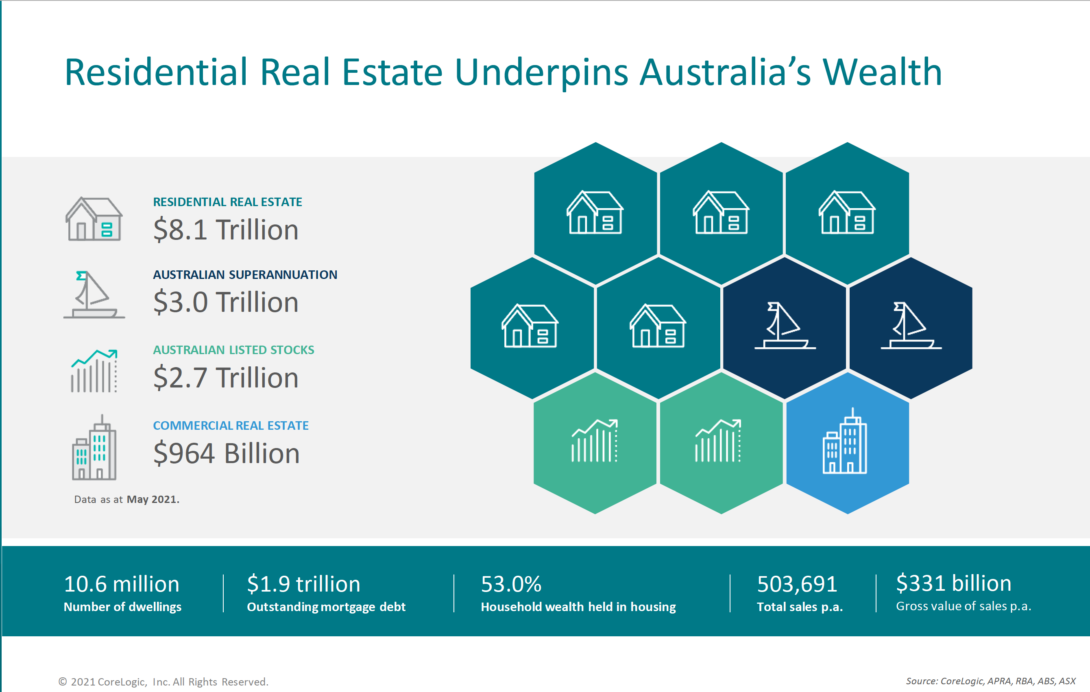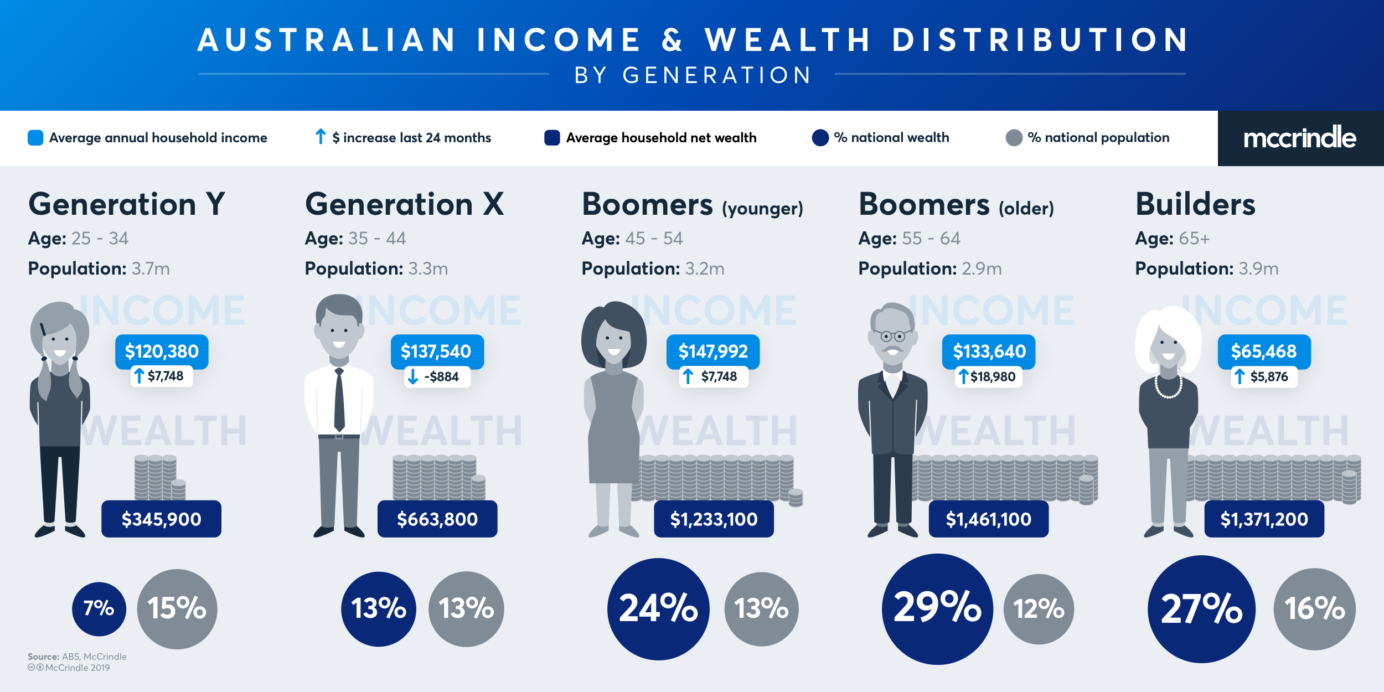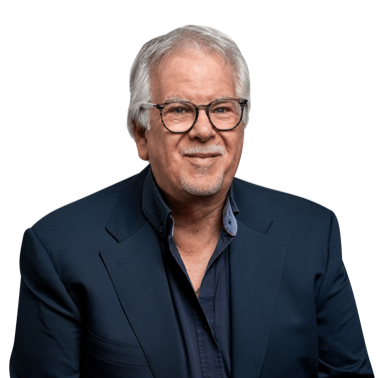Here are some interesting property facts that you should know about Australia.
They’ll come in useful when the property pessimists, who are out once again now that our property markets have reached new heights, get into your ear:
1. There are 10.6 million dwellings in Australia valued at a total of $8.1 trillion
That's almost 3 times as valuable as all the stocks listed on the Australian stock exchange combined
2. The total outstanding mortgage debt on these houses is $1.9 trillion - meaning the overall Loan to Value Ratio for all Australian residential property is just over 23%.
Now that’s not as bad as many people make out, is it?
Remember there are many properties in Australia with no mortgage debt against them at all.
Fact is...residential real estate underpins Australia's wealth.

Source: Corelogic
3. Australia's population has doubled in the last 50 years.
Currently the population is around 25.7 million people, in 1970 it was 12.5million.
In 1901, the population was 3.77 million.
4. The Australia’s population was forecast to grow to 30 million people by the end of this decade (2030) but, because of our closed borders, this estimate is likely to fall short by 1 million people.
However, Australia has a "business plan" to grow to 40 million people by mid-century.
5. Australia is not the land of the middle class like many believe.
According to demographer Mark McCrindle ABS wealth and income data show that household wealth distribution is very uneven.
While the average household earns just over $116,000 per annum, the top 20% of households earn more than twice this (more than $280,000) and the bottom 20% of Aussies take home around one-fifth of the average (a little over $24,000).
This means that while the bottom fifth of households take home just 4% of all income, the top fifth get almost half (48%).
And wealth is even more unevenly distributed... with the wealthiest Australian 20% of Australians own 80 times more than the lowest 20% of Aussies
 Source: McCrindle
Source: McCrindle
6. Prior to Covid, Australia was one of the fastest growing developed nations in the world, growing at 1.4% per annum and adding up to 400,000 people each year.
Sure our borders are closed at present, but Australia has maintained its pre-eminent position as a destination for overseas migrants, and it is likely that there will be a flood of people wanting to make Australia home once we work our way through the pandemic.
7. No other modern nation on earth comes close to Australia's generosity in accepting migrants.
For the year ending 30 June 2020 the ABS reports that:
- There were over 7.6 million migrants living in Australia
- 29.8% of Australia's population were born overseas
- Australia's population increased by 194,400 people due to net overseas migration
- 368,700 people moved interstate, a decrease of 8.7% from the previous year.
The proportion of migrants in the Sydney built-up urban area is 39%, making it one of the world’s most cosmopolitan communities. Melbourne isn’t too far behind at 36%.
This “born abroad” proportion for greater New York is 29%, for Paris 22%, for Berlin 13 %, for Tokyo 2%, while for Shanghai it is less than 1%.
8. Australia’s population is aging.
Within a decade it is likely we will have more people aged over 65 than under 18 for the first time in history.
This is another reason Australia must "import" overseas migrants – to take the place of many baby boomers who are going to slowly leave the workforce
9. Australia is more generationally diverse than ever.
Despite our ageing population, currently there are more Australians born after 1980 then before it.
This means Gen Y (born from 1980 to 1994), Gen Z (born from 1995 to 2009) and Gen Alpha (born after 2010) comprise more than half Australia’s population.
Currently Gen Y and Gen Z comprise the majority of the workforce, outnumbering Gen X and the Baby Boomers for the first time.
The bottom line...
Understanding our demographic changes is critical for successful property investing.
The long-term trends of how many of us there are, how we want to live and where we want to live will, over the long-term, be more important than the many short-term factors affecting our property markets.
..........................................................
 Michael Yardney is CEO of Metropole Property Strategists, which creates wealth for its clients through independent, unbiased property advice and advocacy. He is a best-selling author, one of Australia’s leading experts in wealth creation through property and writes the Property Update blog.
Michael Yardney is CEO of Metropole Property Strategists, which creates wealth for its clients through independent, unbiased property advice and advocacy. He is a best-selling author, one of Australia’s leading experts in wealth creation through property and writes the Property Update blog.
To read more articles by Michael Yardney, click here